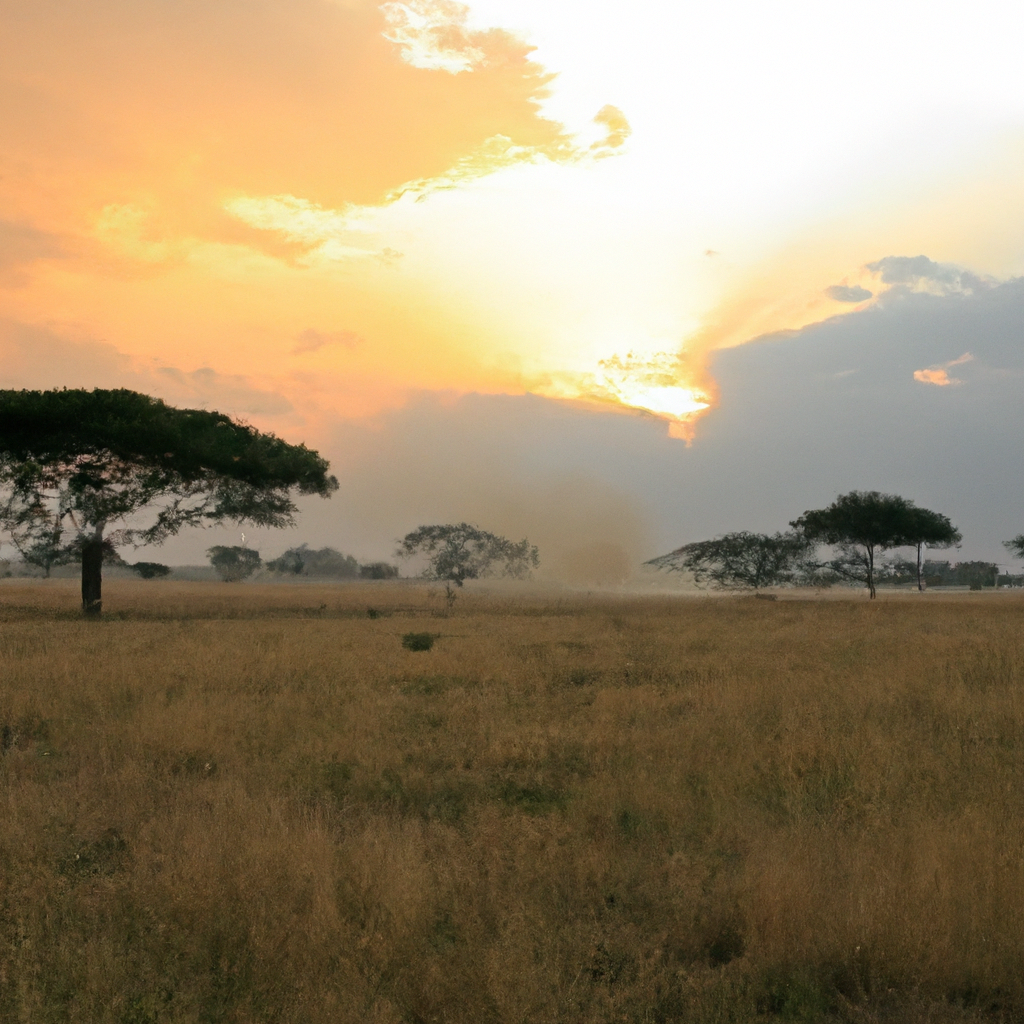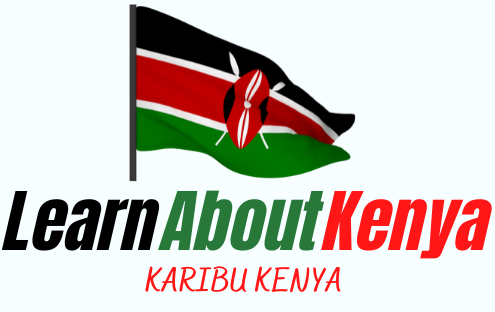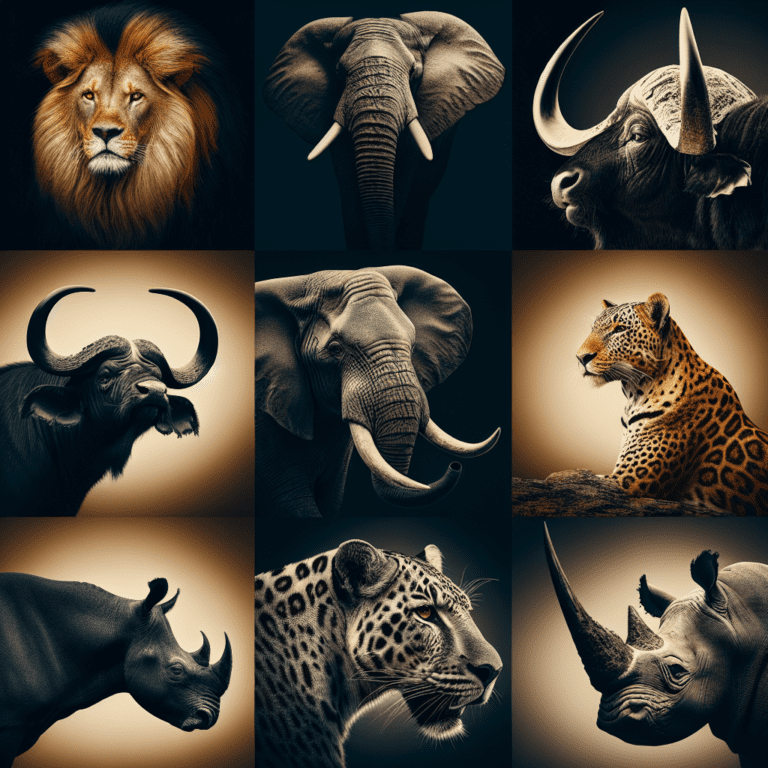What Were The Pre-colonial Kingdoms And Societies In Kenya?
Have you ever wondered about the rich history and diverse cultures that existed in Kenya before colonization? In this article, we will take a fascinating journey back in time to explore the pre-colonial kingdoms and societies that thrived in this beautiful East African country. From the powerful Kingdom of Aksum to the influential pastoralist Maasai society, we will discover the remarkable legacies left behind by these ancient civilizations. Join us as we uncover the secrets of Kenya’s past and gain a deeper appreciation for its vibrant heritage.

Introduction
Introduction to pre-colonial Kenya
Pre-colonial Kenya was a land of rich and diverse cultures, with various kingdoms and societies flourishing across the region. These societies had their unique political systems, economic activities, social organization, and cultural practices. Exploring and studying these pre-colonial kingdoms and societies is essential for understanding the history and heritage of Kenya.
Importance of studying pre-colonial kingdoms and societies
Studying pre-colonial kingdoms and societies in Kenya offers valuable insights into the country’s past and helps us understand the roots of modern society. By examining the political, economic, social, and cultural aspects of these societies, we gain a deeper appreciation for the diversity and complexity of Kenyan history. Additionally, understanding the legacy and impact of these pre-colonial societies helps us appreciate the country’s cultural heritage and fosters a sense of national identity among Kenyans.
Eastern Bantu Migration
Origins of the Eastern Bantu Migration
The Eastern Bantu Migration played a significant role in shaping the societies of pre-colonial Kenya. It is believed that Bantu-speaking people originated from West Africa and gradually migrated eastward. The migration took place over several centuries, with different waves of Bantu settlers entering the region. These settlers brought with them their languages, agricultural practices, and social structures, which had a lasting impact on the societies they encountered in Kenya.
Impact of the migration on Kenya
The Eastern Bantu Migration had a profound influence on the cultural and linguistic landscape of Kenya. As the Bantu settlers arrived, they intermingled with existing communities, forming new kingdoms and societies. The Bantu languages, such as Kikuyu, Kamba, Meru, Embu, and Luo, became prevalent across the region as a result of this migration. The introduction of Bantu agricultural techniques also contributed to the development of thriving agricultural communities in pre-colonial Kenya.
Key Bantu kingdoms in pre-colonial Kenya
Several Bantu kingdoms emerged in pre-colonial Kenya, each with its unique political and social structures. The Kikuyu, Luo, Kamba, Meru, and Embu kingdoms were among the most prominent. These kingdoms were characterized by centralized power, with a king or chief at the top of the governance hierarchy. They also developed sophisticated agricultural systems, trade networks, and cultural practices that contributed to their prosperity and growth.
Luo Kingdoms
Overview of the Luo people
The Luo people are one of the largest ethnic groups in Kenya, primarily residing in the western part of the country. They have a rich cultural heritage and a distinct dialect of the Nilotic language. Traditionally, the Luo were primarily fishermen, cultivating their livelihoods from Lake Victoria and its surrounding areas.
Luo kingdoms and their political structures
The Luo had several kingdoms within their society, the most significant being the Kingdom of Kitara and the Kingdom of Sakwa. These kingdoms were governed by a chief or king, who exercised authority over a hierarchy of sub-chiefs. The political structure emphasized the king’s power while also including input from the community through councils and elders. This system created a harmonious balance between centralized governance and community participation.
Economic and social aspects of Luo societies
Fishing and farming were the primary economic activities of the Luo. They were skilled fishermen, utilizing traditional techniques and tools to catch various fish species from Lake Victoria. In addition to fishing, agriculture played a vital role in the Luo economy, with crops such as millet, sorghum, and yams being cultivated. Socially, the Luo valued kinship and extended family ties, paying significant attention to communal relationships and traditions.
Cultural practices and belief systems of the Luo
The Luo had a rich cultural tapestry, encompassing music, dance, storytelling, and artistic expression. Music and dance played a crucial role in their ceremonies and celebrations, with specific dances associated with different stages of life and cultural events. The Luo also held strong spiritual beliefs, worshipping ancestral spirits and deities. These beliefs shaped their rituals, ceremonies, and worldview, embodying a deep connection between the living and the spiritual realm.

Kamba Kingdoms
Overview of the Kamba people
The Kamba people are one of the major Bantu ethnic groups in Kenya, residing mainly in the eastern part of the country. Traditionally, they were agriculturalists and skilled artisans, known for their expertise in carving, pottery, and basketry.
Kamba kingdoms and their governance
The Kamba had several kingdoms, with the Kingdom of Kitui and the Kingdom of Mutha being the most influential. These kingdoms were headed by a chief, advised by a council of elders. The chief’s role was to ensure the welfare and protection of the community, maintain law and order, and settle disputes. The Kamba kingdoms had a decentralized political structure, allowing for local autonomy within the larger kingdom.
Trade and economic activities among the Kamba
The Kamba were renowned traders, excelling in long-distance trade networks that spanned across East Africa. They traded in various commodities, including ivory, animal hides, crafts, and agricultural products. The Kamba’s strategic location between the coastal region and the interior facilitated their involvement in regional trade. This economic activity contributed to the prosperity and growth of the Kamba kingdoms.
Social organization and cultural practices of the Kamba
The Kamba had a matrilineal social structure, with clans and extended families forming the basis of their society. Kinship ties and the principle of mutual cooperation were highly valued among the Kamba. They had vibrant cultural practices, including music, dance, and storytelling, which served as a means of preserving their history and traditions. Additionally, the Kamba had a spiritual belief system that incorporated ancestral worship and a deep reverence for natural phenomena.
Meru and Embu Kingdoms
Introduction to the Meru and Embu people
The Meru and Embu people are Bantu ethnic groups inhabiting the central and eastern regions of Kenya, respectively. Traditionally, they were agriculturalists, known for their expertise in farming and cattle rearing.
Meru and Embu kingdoms and their structures
The Meru and Embu had organized kingdoms with a strong hierarchical structure. The Meru had several subclans, each with its chief, who ruled over a specific territory. The Embu, on the other hand, were organized into age sets, with each set holding specific responsibilities within the community. Although ruled by chiefs, these kingdoms also had systems of governance that involved the participation of elders and councils.
Agriculture and economic systems of the Meru and Embu
Agriculture formed the backbone of the Meru and Embu economies. They practiced a combination of subsistence farming and cash crop cultivation, growing crops such as millet, sorghum, maize, and coffee. The Meru and Embu were also renowned for their cattle herding, with livestock playing an essential role in their economic and social systems. Trade, both within the community and with neighboring tribes, was an essential aspect of their economic activities.
Religious and cultural beliefs of the Meru and Embu
The Meru and Embu had complex religious beliefs that centered around the worship of ancestral spirits and various deities. They believed in the existence of a supreme being who controlled the universe. These beliefs were reflected in their rituals, ceremonies, and cultural practices. The Meru and Embu also placed a high value on their oral traditions, storytelling, music, and dance, which served as a means of passing down knowledge and preserving their cultural identity.
Kikuyu Kingdoms
Overview of the Kikuyu people
The Kikuyu people are the largest ethnic group in Kenya, primarily residing in the central part of the country. They have a rich cultural heritage and a deep connection to the land, commonly referred to as “Mukurwe wa Nyagathanga.”
Kikuyu kingdoms and political organization
The Kikuyu had a decentralized political structure, characterized by the existence of several independent clans. Each clan had its leadership, known as “kiama,” which made decisions based on consensus and consultation. The kiama system ensured that power was distributed among different clans and fostered a sense of unity and self-governance within the Kikuyu society.
Traditional economic activities of the Kikuyu
The Kikuyu were agriculturalists, cultivating their lands to grow crops such as maize, beans, millet, and sweet potatoes. They practiced terracing, irrigation, and crop rotation techniques to enhance agricultural productivity. Additionally, the Kikuyu engaged in trading activities, both locally and with neighboring communities, exchanging goods such as livestock, pottery, and iron tools. Trade was facilitated by well-established trade routes that connected various Kikuyu settlements.
Traditional rites, rituals, and social customs of the Kikuyu
The Kikuyu had a rich tapestry of rites, rituals, and social customs that were an integral part of their cultural identity. Birth, marriage, and death ceremonies were significant milestones in Kikuyu life. They also held cultural ceremonies such as “agikuyu,” which involved the initiation of young boys and girls into adulthood. Traditional music, dance, storytelling, and proverbs played a crucial role in passing down the cultural heritage and moral values of the Kikuyu.
Maasai Society
Overview of the Maasai
The Maasai are a Nilotic ethnic group inhabiting parts of Kenya and Tanzania. They are known for their semi-nomadic lifestyle and unique cultural practices.
Maasai social structure and political organization
The Maasai society is organized into clans, with each clan having a designated territory and a leader. The political structure is based on a hierarchical system, with a supreme leader known as the “Laibon.” The Laibon holds significant spiritual and political authority, acting as a mediator between the community and the spiritual realm.
Nomadic lifestyle and economic activities of the Maasai
The Maasai are renowned for their semi-nomadic lifestyle, moving their livestock herds in search of water and pasture. Cattle played a central role in Maasai culture, providing sustenance, wealth, and social status. They engaged in limited agriculture, mainly cultivating crops such as maize and millet. Additionally, the Maasai were skilled warriors, defending their livestock and combating external threats.
Unique cultural aspects and traditions of the Maasai
The Maasai have a unique cultural identity characterized by their distinctive clothing, jewelry, and hairstyle. They are known for their vibrant red and blue robes, intricate beadwork, and elaborate hairstyles. The Maasai also have a rich oral tradition, relying on storytelling, music, and dance to pass down their history, legends, and customs to future generations. Their traditional ceremonies, such as the “Emanyatta” warrior initiation and “Enkipaata” circumcision ceremonies, are essential cultural markers within the Maasai society.
Coastal City-States
Introduction to the coastal city-states
The coastal region of Kenya was home to several prosperous city-states, which were significant centers of trade and cultural exchange. These city-states were strategically located along the Swahili Coast, facilitating trade routes and maritime connections.
Mombasa, Lamu, and Malindi city-states
Mombasa, Lamu, and Malindi were prominent city-states along the Kenyan coast. Mombasa, situated on an island, became a significant center of trade between the East African interior, the Arabian Peninsula, and the Indian subcontinent. Lamu, located on an archipelago, developed as a hub for maritime trade and cultural interaction. Malindi, with its deep-sea port, thrived as a thriving trading center, attracting merchants from various regions.
Trade networks and economic prosperity
The coastal city-states enjoyed economic prosperity due to their strategic location along trade routes. They engaged in long-distance trade, exporting goods such as ivory, gold, slaves, spices, and timber. The Indian Ocean trade routes facilitated exchanges with Persian, Arab, Indian, and Chinese merchants. This trade network brought wealth, cultural diversity, and technological advancements to the coastal region, creating a cosmopolitan society.
Blend of African, Arab, and Swahili cultures
The coastal city-states were melting pots of diverse cultures, blending African, Arab, and Swahili influences. Swahili became the lingua franca of the region due to the cultural exchanges and interactions between different communities. Arab and Persian merchants brought Islam to the coast, which became intertwined with the existing African religious beliefs and practices. The fusion of these cultures resulted in a unique coastal Swahili culture, evident in art, architecture, cuisine, and language.
Swahili Civilization
Overview of the Swahili people
The Swahili people are a Bantu ethnic group inhabiting the East African coast. They are known for their cultural diversity, linguistic heritage, and historical significance as traders and scholars.
Key Swahili city-states and their influence
The Swahili civilization thrived through a network of city-states along the East African coast. Some of the prominent city-states included Kilwa, Zanzibar, Pate, and Sofala. These city-states were centers of commerce, scholarship, and cultural exchange, attracting merchants, scholars, and travelers from various regions. They played a pivotal role in facilitating trade along the Indian Ocean and served as gateways to the interior of Africa.
Trade, commerce, and cultural exchange
Trade and commerce were the backbone of the Swahili civilization. The city-states traded in a wide array of goods, including spices, precious metals, textiles, porcelain, and slaves. Swahili merchants had a vast network of trade routes, connecting distant regions such as China, India, Persia, and Europe. The Swahili civilization also facilitated the exchange of knowledge, ideas, and cultural practices, resulting in a diverse and cosmopolitan society.
Significance of the Swahili language
The Swahili language, a Bantu language enriched with Arabic and Persian vocabulary, became a lingua franca in East Africa. It played a crucial role in facilitating trade, communication, and cultural exchange among the diverse communities along the coast. The Swahili language served as a unifying force, transcending ethnic, cultural, and linguistic boundaries. Today, Swahili is recognized as one of the official languages of Kenya, Tanzania, Uganda, and the African Union.
Conclusion
Summary of pre-colonial kingdoms and societies in Kenya
Pre-colonial Kenya was a land of diverse kingdoms and societies, shaped by migrations, trade networks, and cultural interactions. The Eastern Bantu Migration brought various Bantu-speaking communities to the region, influencing the linguistic and cultural landscape. The Luo, Kamba, Meru, Embu, Kikuyu, Maasai, Coastal City-States, and Swahili civilizations each had their unique political, economic, social, and cultural characteristics.
Legacy and impact of pre-colonial societies on modern Kenya
The legacy of pre-colonial kingdoms and societies in Kenya is evident in the country’s cultural, political, and socioeconomic fabric. The socioeconomic practices, such as agriculture, trade networks, and craftsmanship, have shaped modern industries and economic activities. Cultural practices and traditions are still celebrated, providing a sense of identity and preserving diverse cultural heritage. The political structures and systems of governance have influenced modern governance practices. Overall, a deep understanding and appreciation of pre-colonial societies are crucial for comprehending Kenya’s past and fostering a sense of national pride and identity.







